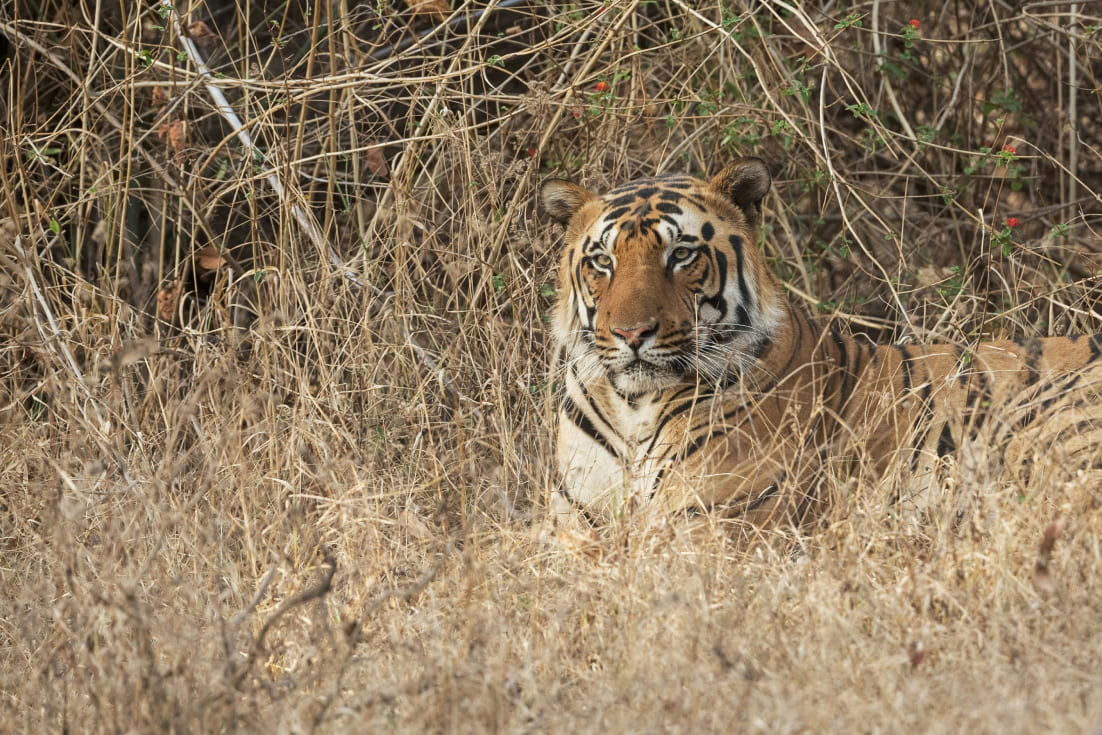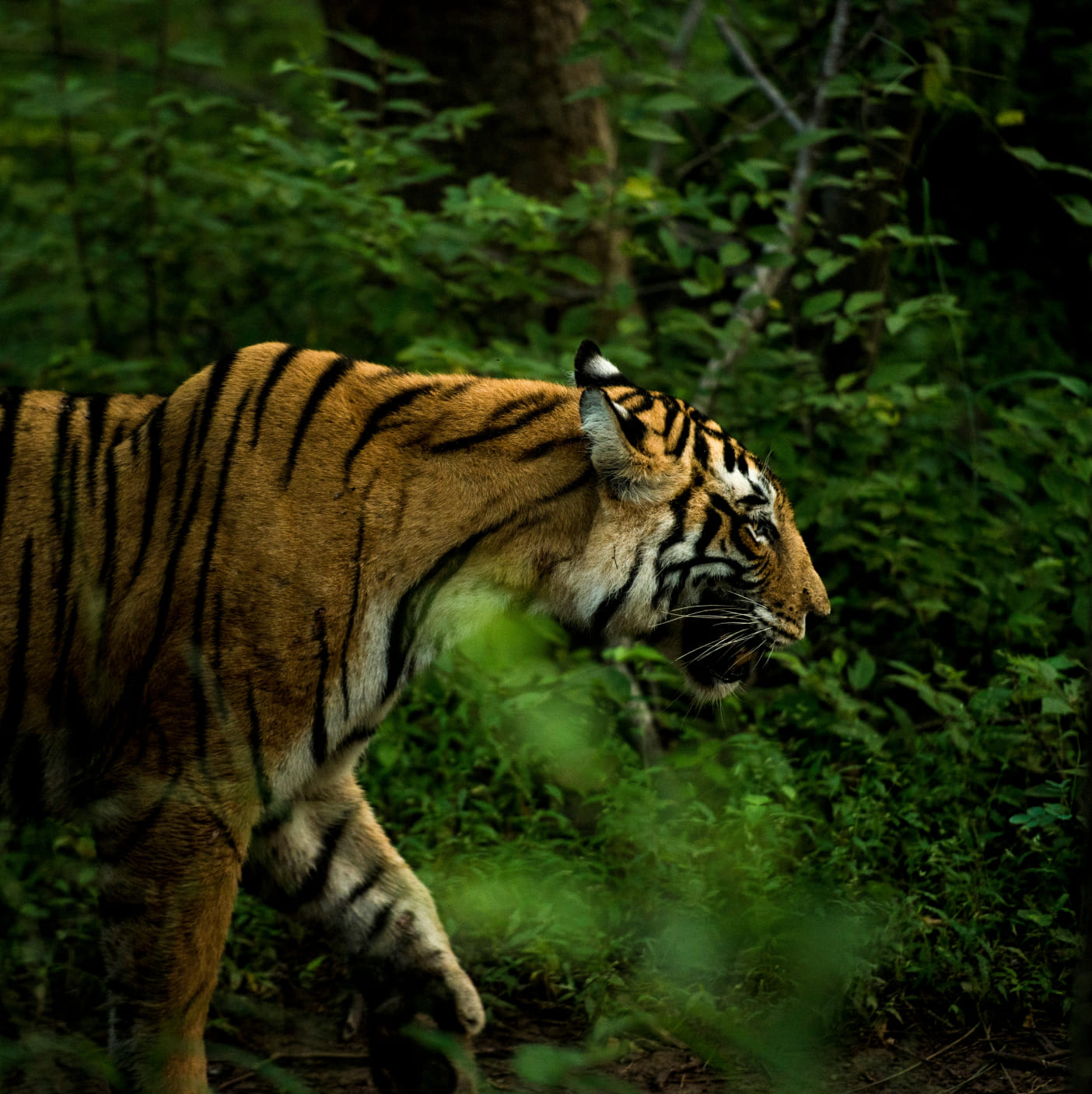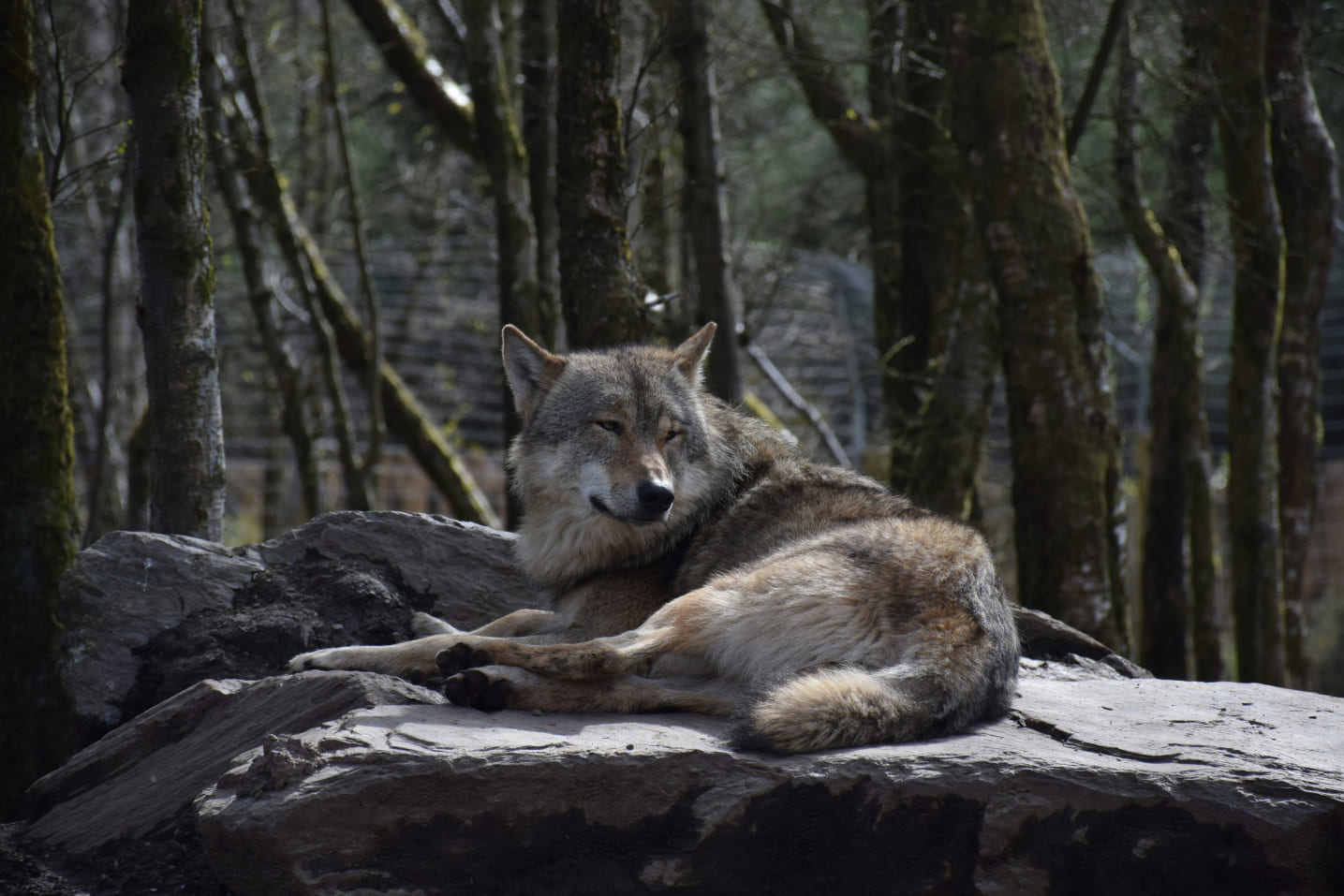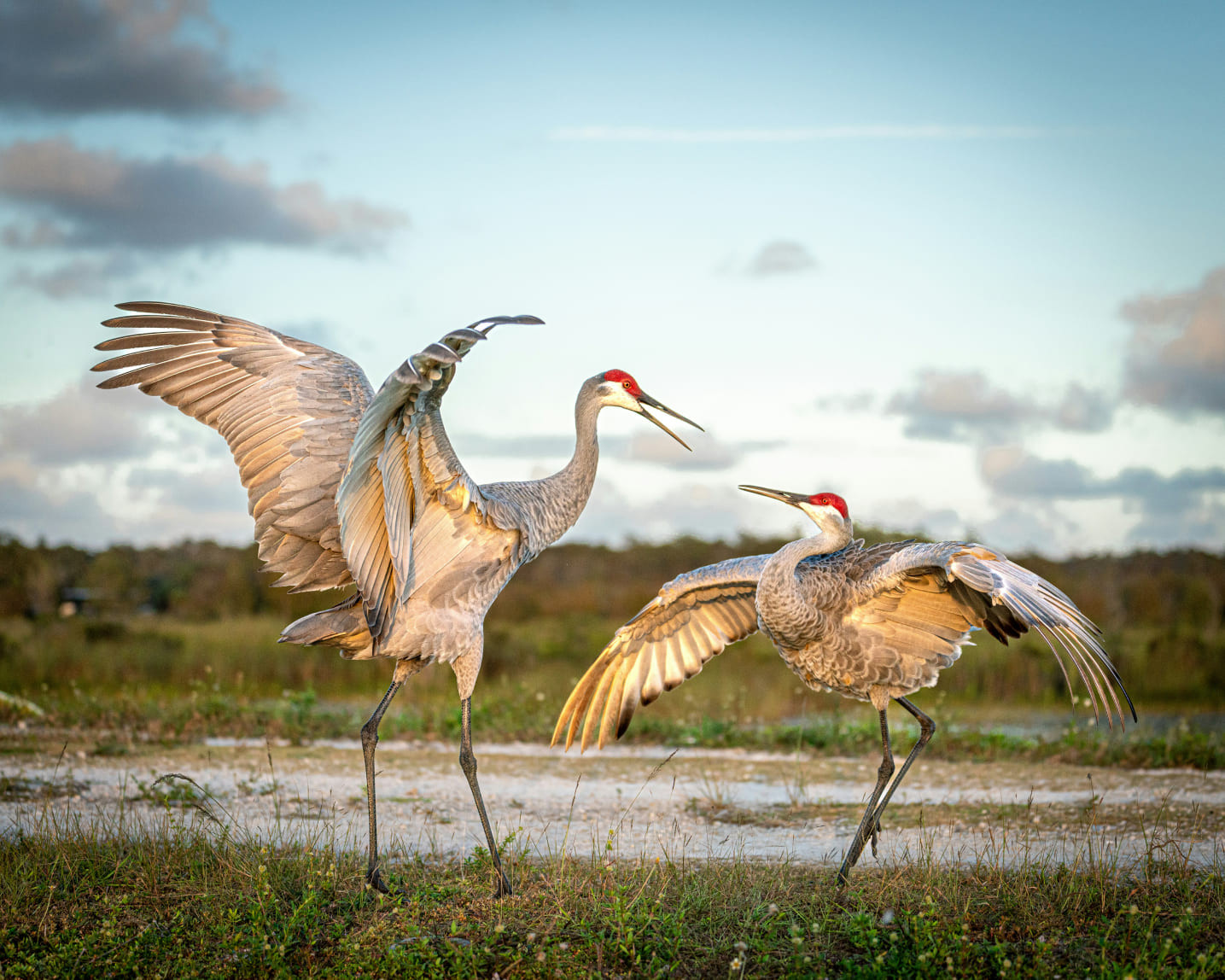
Bengal Tiger: The Striped Majesty
The Bengal tiger is one of the most captivating animals in zoos, known for its striking orange coat with black stripes and piercing eyes. Native to the forests and grasslands of India, these powerful predators face significant threats in the wild due to habitat loss and poaching. In zoos, Bengal tigers live in spacious, carefully designed enclosures that replicate their natural environment. These habitats often include dense vegetation, climbing platforms, and water features where they can swim—an activity they truly enjoy.

African Penguin: The Waddling Marvel
African penguins are small, endearing seabirds known for their unique braying sound and comical waddle. Originating from the rocky shores of southern Africa, they are adapted to warmer climates, unlike their Antarctic relatives. In zoos, these penguins thrive in habitats featuring rocky surfaces, shallow pools for swimming, and sandy areas for nesting. The controlled environments ensure they can escape extreme heat, which is critical for their well-being.

Sumatran Tiger: The Elusive Predator
The Sumatran tiger, the smallest of all tiger subspecies, is a rare and endangered big cat native to the rainforests of Sumatra. In zoos, their habitats are designed to mimic the dense jungle environment they call home, with plenty of hiding spots, elevated platforms, and water areas for them to explore. This setup encourages their natural behaviors, such as climbing and swimming, which are vital for their physical health.

Tibetan Wolf: The Highland Survivor
The Tibetan wolf, a lesser-known but fascinating canine, is a true survivor of the harsh conditions in the Tibetan Plateau. In zoos, these wolves are housed in enclosures that simulate their natural, rugged environment, with rocky terrain, open spaces for running, and shaded areas to rest. These habitats also offer elevated areas where they can observe their surroundings, a natural behavior tied to their wild instincts.

Sandhill Crane: The Elegant Dancer
Sandhill cranes are among the most elegant birds in the zoo, known for their graceful movements and impressive wingspan. These tall, slender birds are native to wetlands across North America and are famous for their unique courtship dances, which involve leaping, bowing, and wing flapping. In zoos, their habitats often include shallow ponds, grassy areas, and tall reeds, mimicking the wetlands they naturally inhabit.

California Sea Lions: The Ocean’s Performers
California sea lions are a crowd favorite in zoos, thanks to their playful nature and incredible agility. These marine mammals are native to the western coasts of North America and are well-adapted to life both on land and in the water. In zoos, they live in large pools with underwater viewing areas, giving visitors the chance to observe their acrobatic swimming and playful behavior up close.
